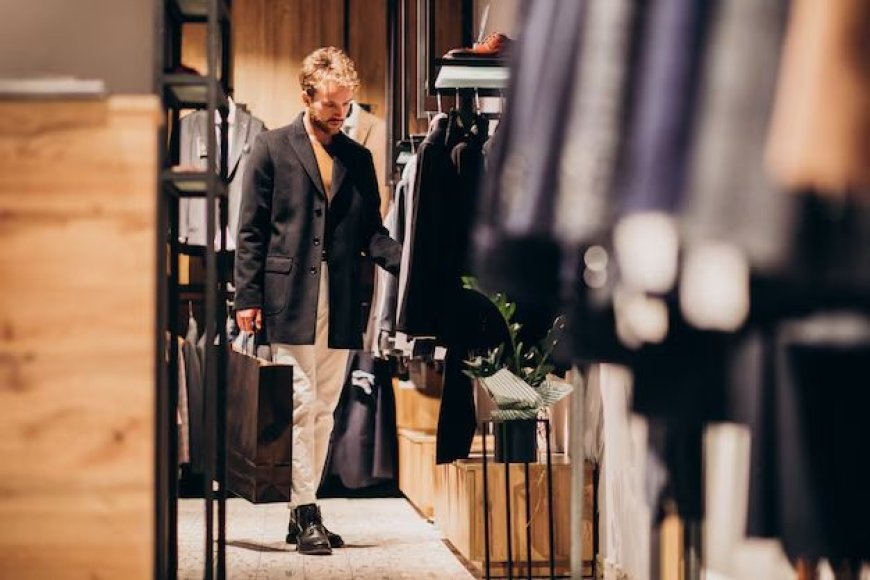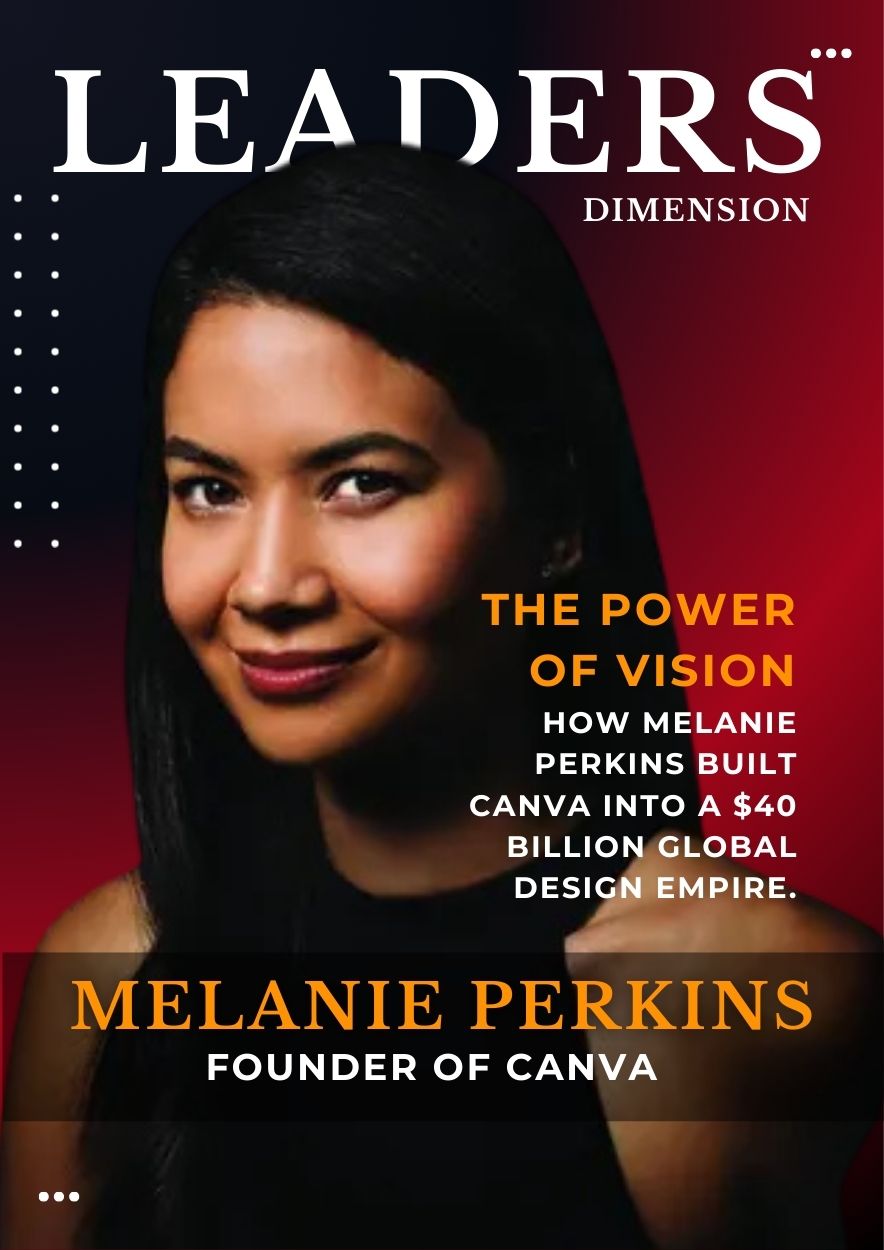The Rise of Dupe Culture: A Growing Challenge for Luxury Fashion Brands
The Rise of 'Dupe Culture A Growing Challenge for Luxury Fashion BrandsIn recent years, a fascinating shift in consumer behavior has been taking place, giving rise to what is now widely known as dupe culture.

This trend is centered around consumers—particularly younger generations—actively seeking out affordable alternatives, or "dupes," to high-end luxury fashion and beauty products. These alternatives often mimic the look, feel, and appeal of luxury items but come at a fraction of the price.
Why is 'Dupe Culture' Gaining Traction?
Social media platforms like TikTok, Instagram, and YouTube have played a significant role in driving this trend. Influencers and content creators frequently share comparisons between high-end products and their budget-friendly counterparts, making it easier than ever for consumers to discover affordable options. Hashtags like #dupe and #bougieonabudget have exploded in popularity, further fueling the demand for these alternatives.
Economic Factors & Changing Consumer Priorities
With inflation and economic uncertainty impacting spending habits, many consumers—especially Gen Z and Millennials—are prioritizing affordability over brand prestige. While they still appreciate luxury, they are more inclined to find stylish, high-quality alternatives that don’t break the bank.
Social Media’s Influence
Platforms like TikTok have made discovering and sharing dupes easier than ever. Viral videos showcasing side-by-side comparisons between luxury items and their more affordable lookalikes often gain millions of views, making dupe culture a mainstream phenomenon.
Evolving Attitudes Towards Luxury
Unlike previous generations that viewed luxury as a status symbol, today’s younger shoppers are more focused on value. Many see no issue in purchasing a $20 handbag that closely resembles a $2,000 designer version, as long as it delivers a similar aesthetic and functionality.
The Impact on Luxury Brands
For established luxury brands, this trend presents both a challenge and an opportunity. On one hand, the rise of dupes threatens their exclusivity and could potentially eat into their sales. Many high-end brands, such as Chanel, Hermès, and Dior, have taken legal action against companies producing lookalike products, arguing that these dupes dilute their brand value and mislead consumers.
On the other hand, some brands are using the trend to their advantage by embracing it through strategic marketing. Some have started offering "accessible luxury" collections—introducing lower-priced items like small leather goods, accessories, and beauty products to attract budget-conscious shoppers without compromising their high-end image.
The Future of 'Dupe Culture'
As long as consumers continue to prioritize affordability and social media keeps amplifying these trends, dupe culture is unlikely to fade anytime soon. While luxury brands will need to find innovative ways to maintain their prestige and exclusivity, budget-friendly alternatives will continue to thrive, reshaping the way people shop for fashion and beauty.
In the end, the battle between high-end luxury and affordable dupes isn’t just about price—it’s about perception, value, and how well brands can adapt to the changing landscape of consumer behavior.

